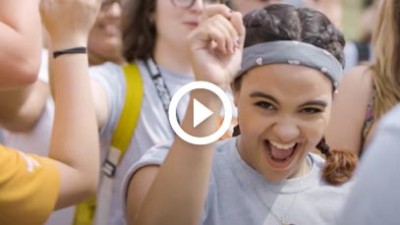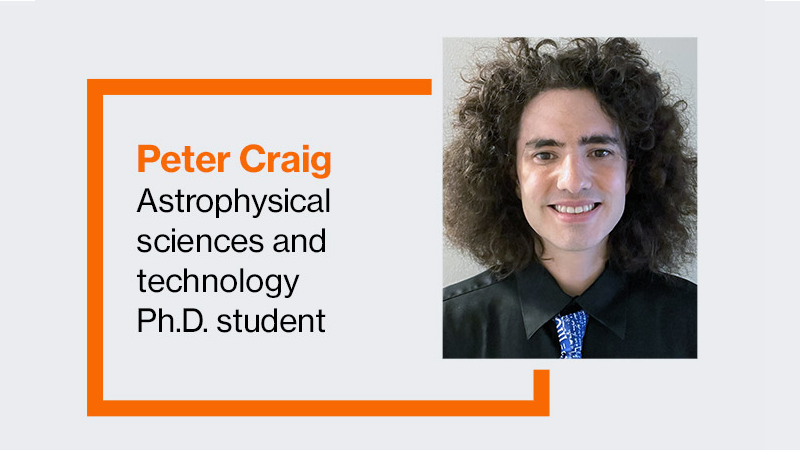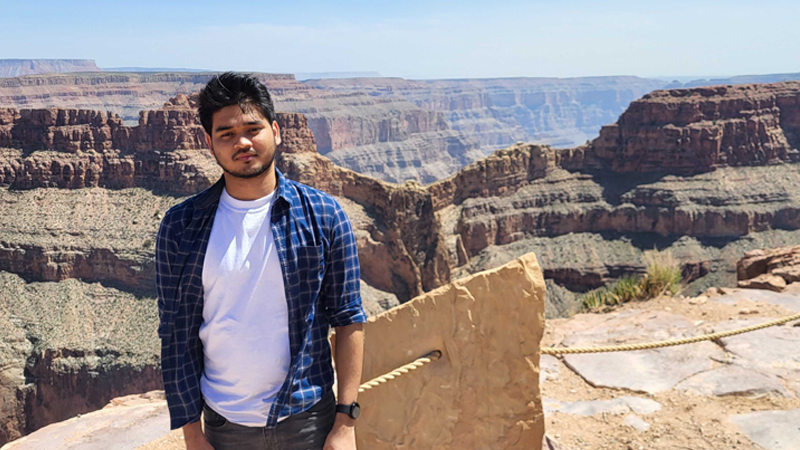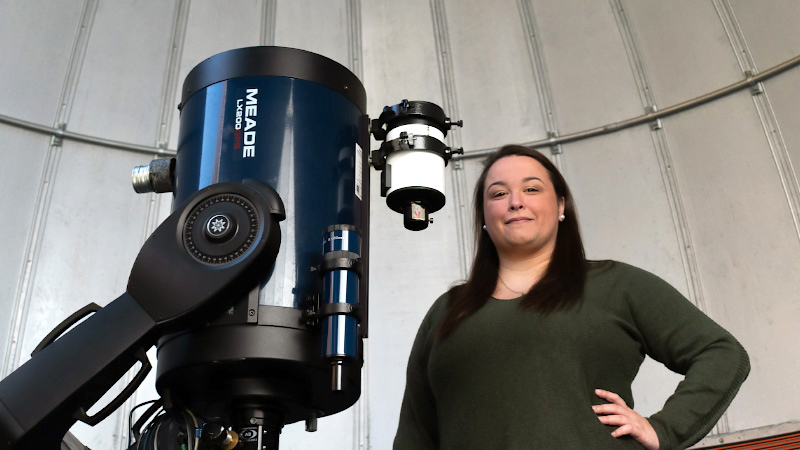Exploring the Potential of Virtual Reality for Analyzing Astronomical Data
Ryan Butler, a Ph.D. candidate in the Astrophysical Science and Technology program at RIT, is exploring the use of virtual reality to analyze astronomical data.

Ryan Butler's fascination with the vast expanse of the universe began in elementary school when he peered through a telescope lens for the first time. This passion for astronomy only intensified over the years, prompting him to pursue his MS in the Astrophysical Science and Technology program at RIT, and now his Ph.D. Currently in his third year, Ryan is delving into the world of virtual reality to better understand and interpret astronomical data.
“As a member of the Laboratory for Multiwavelength Astrophysics at RIT, I have the privilege of working alongside Dr. Joel Kastner. Currently, we are collaborating with Immersive Science LLC to explore the potential of virtual reality as a tool for visualizing and analyzing astronomical data. Our focus is on utilizing their innovative tool, StarGateVR, to examine the 3-D positions of stars within a 300 light-year radius of the sun. This data is obtained from the precise measurements of the European Space Agency's Gaia mission. By carefully studying the locations and movements of these stars, we can identify young stars that are less than 150 million years old. Our research has led us to study several groups of these young stars in the solar neighborhood, with plans to continue our exploration in the future.”
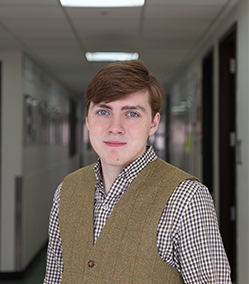
Ryan was recently one of six graduate students honored with the AAS Chambliss Astronomy Achievement Award at the 243rd American Astronomical Society (AAS) conference. This prestigious award recognizes outstanding research presented by AAS undergraduate and graduate student members in the form of posters.
“This recognition is incredibly exciting on multiple levels. Not only does it serve as a vote of confidence in my poster designing skills and ability to communicate research findings, but it also highlights the significance of our work. In a field where massive and complex data sets are becoming the norm, our innovative VR approach has proven to be a powerful tool worth further exploration and development.”
Ryan has some valuable advice on creating academic posters. As a representative in the sciences, he urges students to prioritize the aesthetics and presentation of your content. “Communicating your research effectively is not only a skill, but an art that will greatly benefit you in the long run. Many posters at conferences are challenging to comprehend, and by having a well-organized and cohesive design, you can truly make a lasting impression.”









